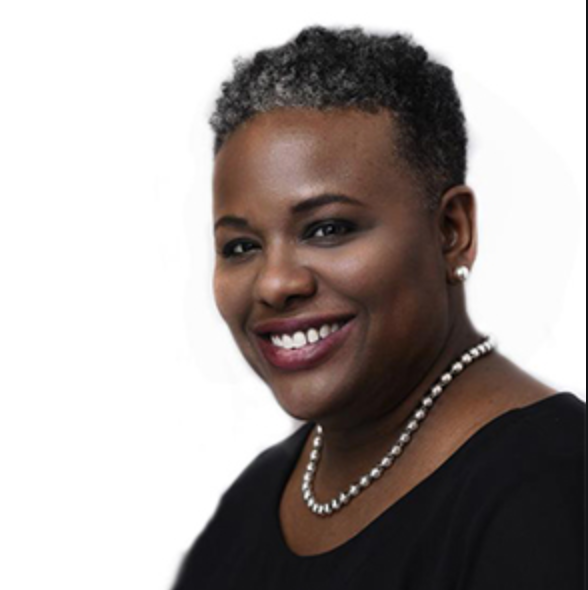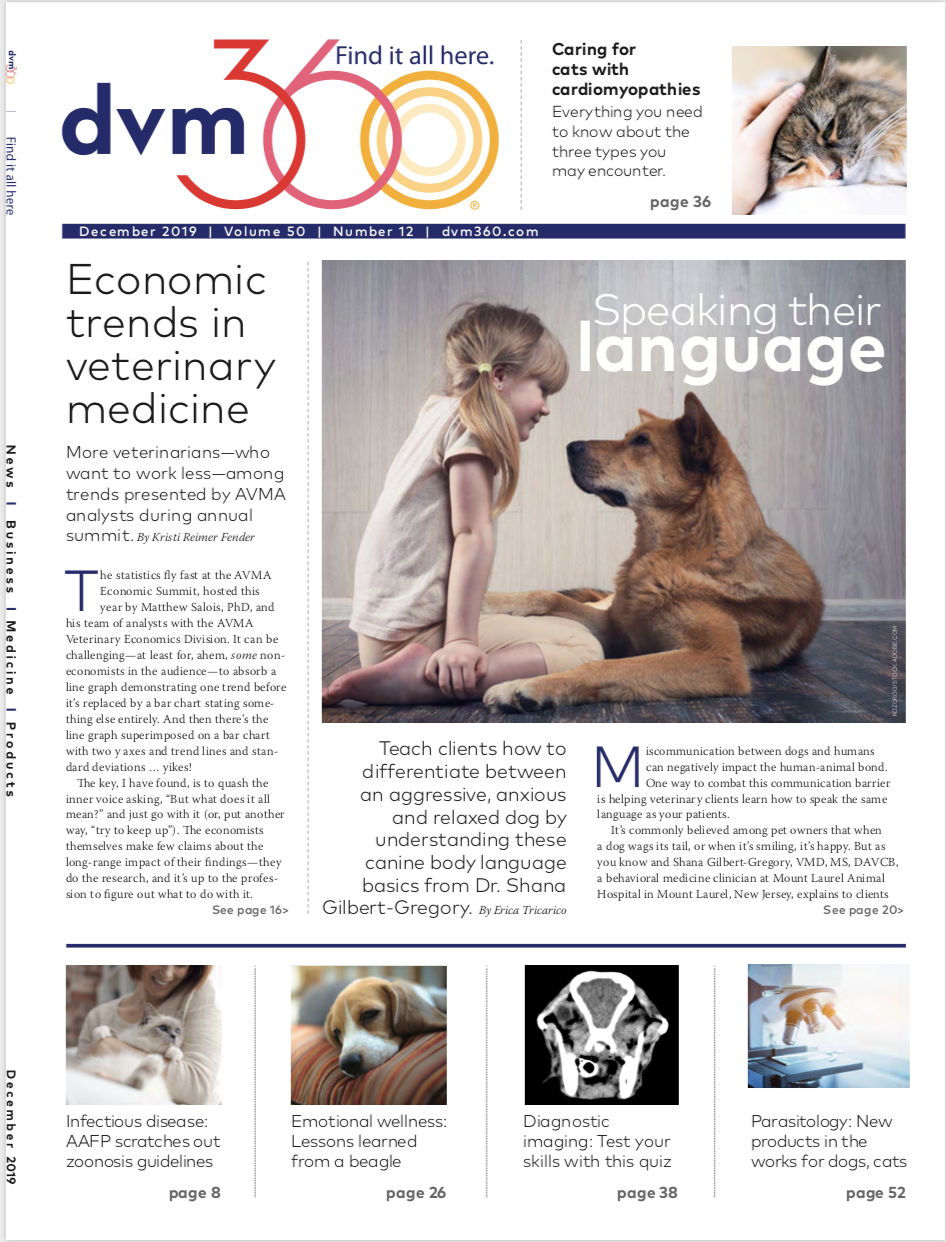What it would take to change the whitest profession in America
When privilege is revealed and corrected, it feels like marginalization. Guess what: Its not. Heres what diversity and inclusion actually looks like in veterinary medicine in 2019.
Lisa Greenhill,MPA, EdD

Lisa Greenhill discusses diversity and inclusion in veterinary medicine at the AAVMC. “It's really hard to understand change.”
Lisa Greenhill, MPA, EdD, senior director for institutional research and diversity at the Association of American Veterinary Medical Colleges (AAVMC), has devoted her career to developing and implementing initiatives focused on inclusion and diversity of underrepresented minorities in veterinary medicine.
And at a talk on diversity, inclusion and marginality in vet med at the Royal Canin Women's Veterinary Leadership Forum in Washington, D.C., Greenhill gave real examples and actionable advice about why it's important and what leadership can do to promote real change in the whitest profession in America.
What does inclusion look like?
Here's Greenhill's breakdown of what inclusion really means in veterinary medicine:
Recruitment. Greenhill noted that actively recruiting minorities is a first step. She also addressed the continuing need for women to be promoted to leadership roles in the public and private sectors.
“This profession has relied on a critical mass of folks that came out of the birth canal going, ‘I wanna be a vet,' but now we're in an environment where the average age for girls who make that decision is 10 years old,” Greenhill said. Increasing the visibility of the value of women and minorities in STEM fields (science, technology, engineering, and mathematics) is urgently needed in veterinary medicine.
Pay equity. Making sure employers are engaged in pay equity-knowing whether they even check-is fundamental, Greenhill said. Then, it's important to determine whether pay is consistent across race and gender.
As a reminder: At the current rate of change, black women will achieve pay equity in 100 years. For Latinx women, it will be 125 years until the wage gap closes.
Leave policies. Asking questions about leave policies and whether they meaningfully and equitably support the people who work in that environment is another way to promote inclusion.
“People without kids can be a little pissed at people with kids. Everyone thinks everyone else is leaving early, but let me tell you-no one is leaving early in this job. And if you do, you're cleaning up snot, so it's no party,” Greenhill joked.
Nondiscrimination policies. Employers need to have clear nondiscrimination policies with meaningful consequences for violations, Greenhill said.
She asked people in the room to raise their hand if they'd heard, “My dog doesn't like black people.” Hands shot up.
Greenhill acknowledged the pervasive trope and noted that it points to the larger value in having policies and plans for veterinary professionals to navigate these conversations with pet owners.
The bad, the good and where to go from here
There is a persistent history of discrimination and marginalization across the veterinary profession, Greenhill said. Prior to the adoption of Title IX, there were minimal numbers of women in veterinary medicine; minorities make up just 8% of the veterinary profession.
“There's a general unwillingness to acknowledge populations that are underserved due to the profession's failure,” Greenhill said.
And yet, she pointed to the good: There are allies and champions, institutional advancements and changing motivations.
Increasing representation in veterinary schools by embracing new evaluation models in admissions is one way the AAVMC is driving change. Greenhill authored the diversity and inclusion language in the AAVMC accreditation standards.
She also pointed to emerging conferences, summits, news organizations and leadership training offerings. But she cautioned, “You cannot skill-build yourself out of discrimination.”
Driving change and taking a leadership position in that effort requires discomfort, Greenhill said. But leveraging power and privilege to advocate on behalf of others is a huge step for the profession.
“Require authenticity of yourself and require that of those around you,” Greenhill told the room of female leaders in the profession. “Lead with the heart.”
